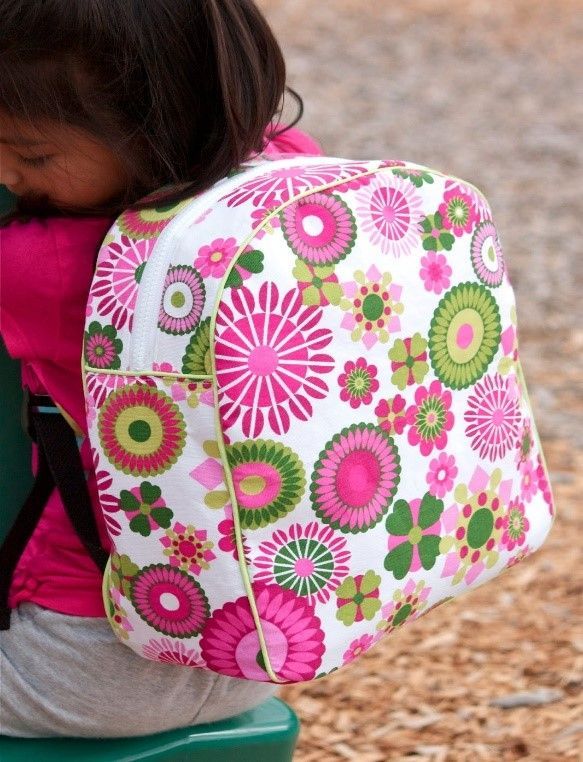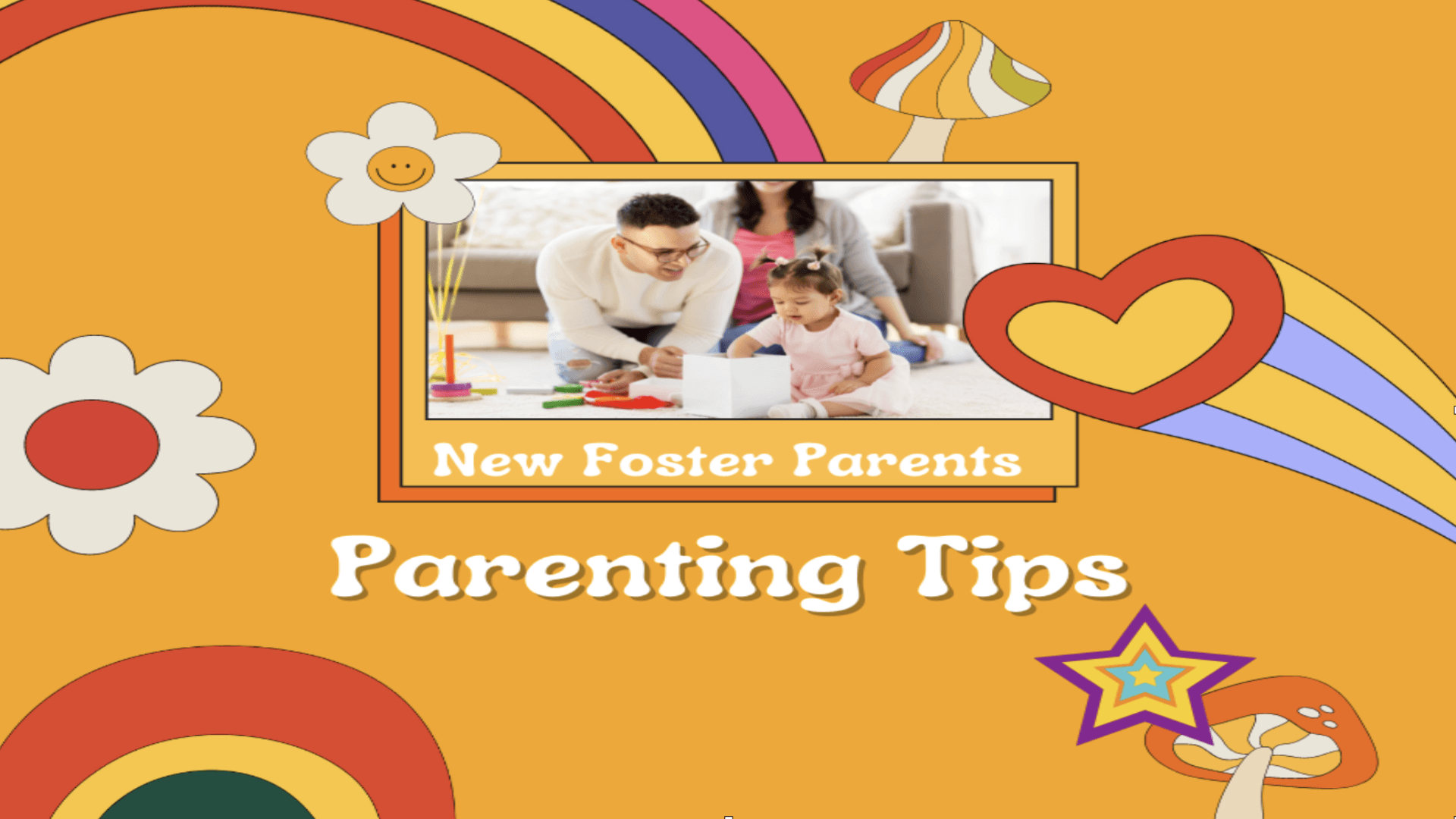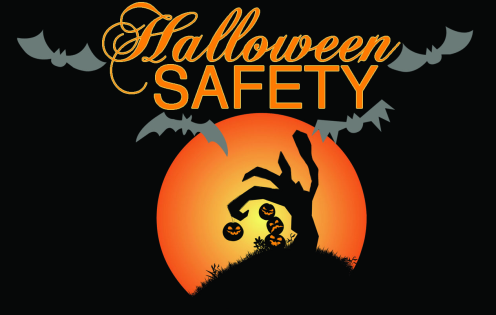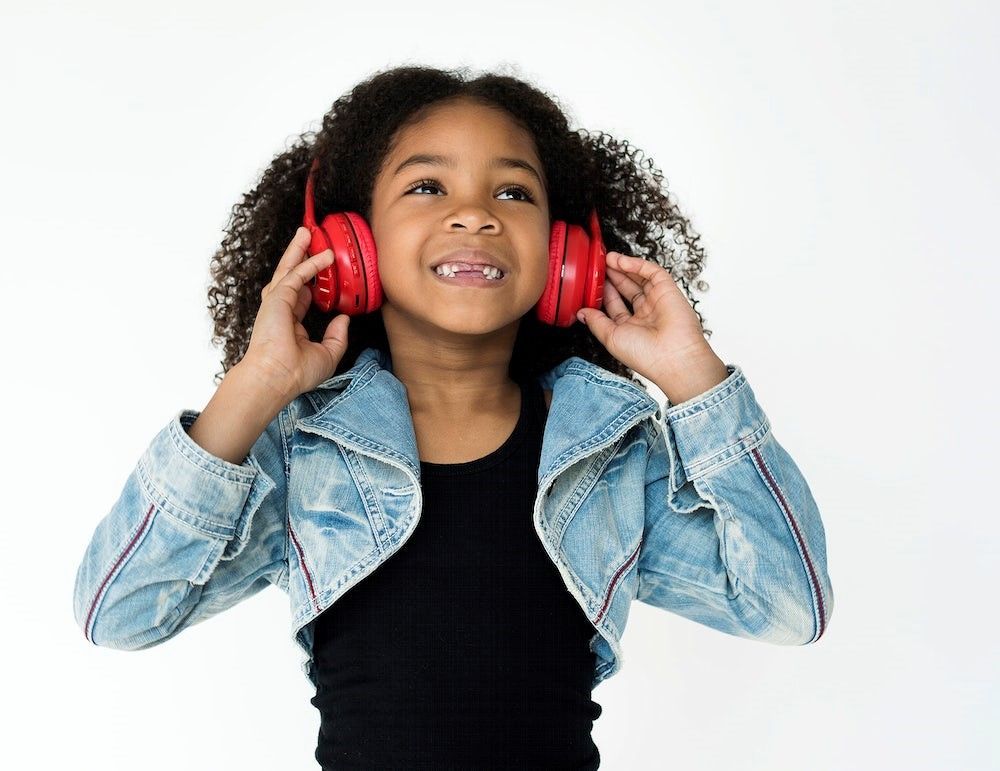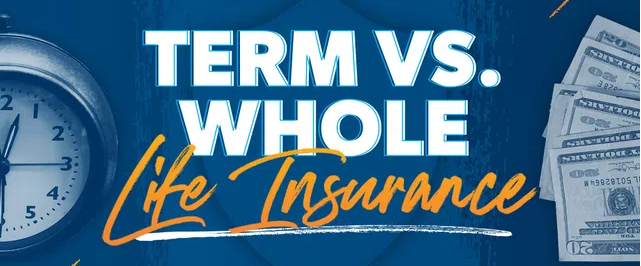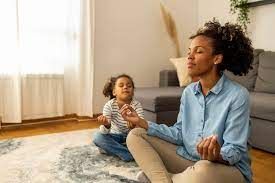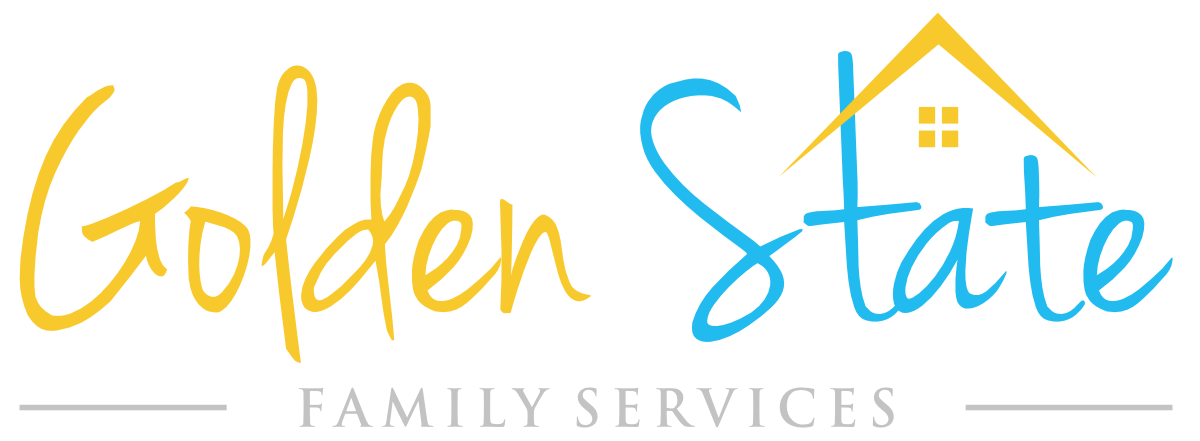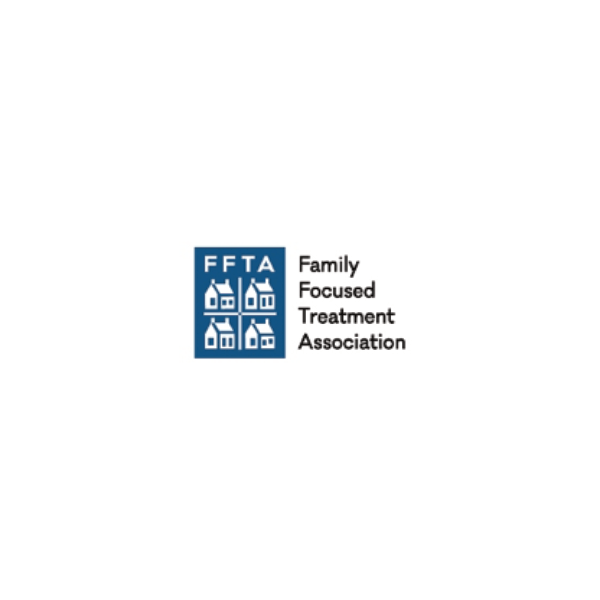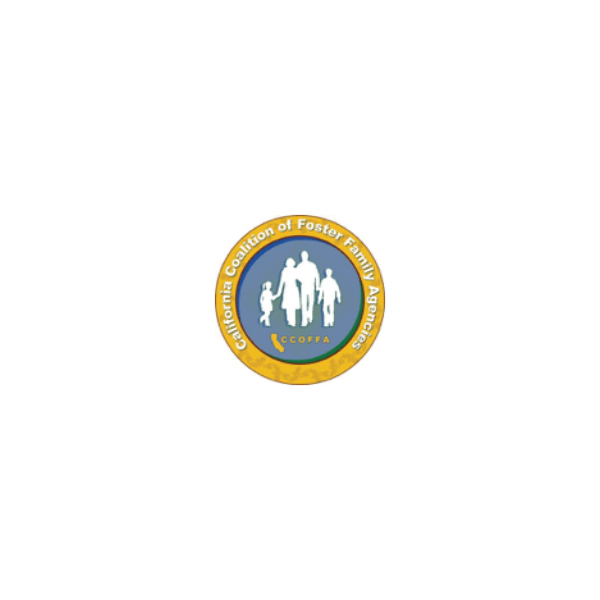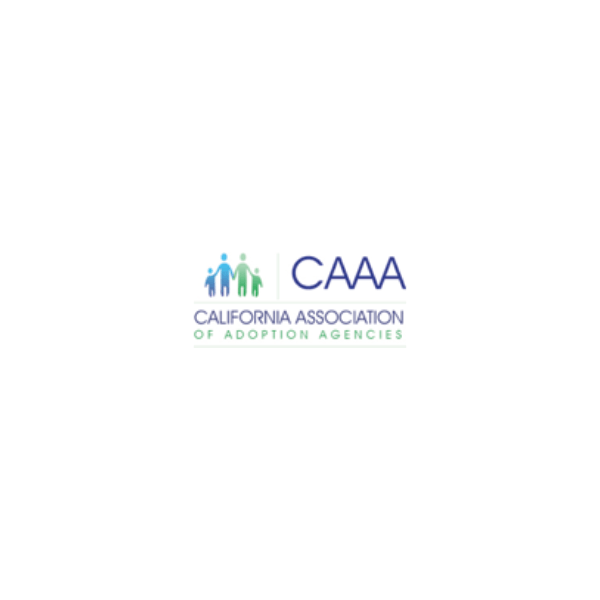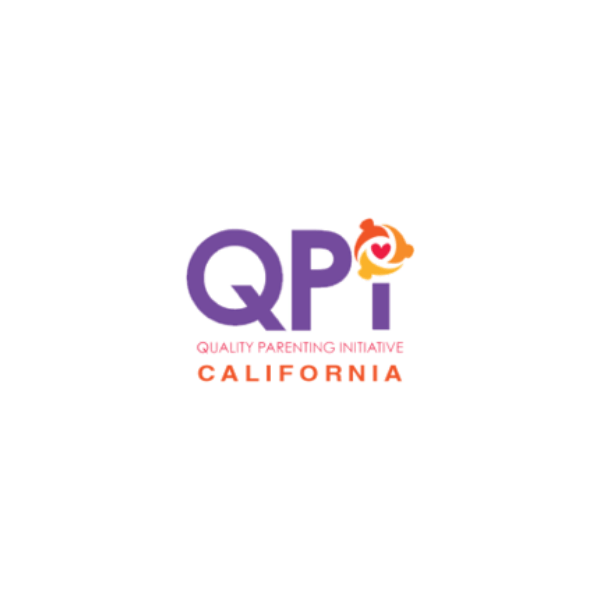Supporting LGBTQ+ Foster Youth as a Foster Parent!
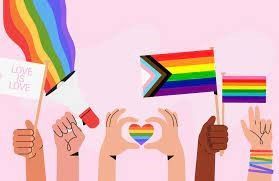
Approximately 170,000 children, youth, and young adults ages 10 to 20 are in foster care in the United States. Youth who identify as lesbian, gay, bisexual, transgender, questioning, or other diverse identity (LGBTQ+) are overrepresented in foster care with at least three studies estimating about 30 percent of youth in foster care identify as LGBTQ+. This percentage could be underreported as youth who come out often risk harassment, rejection, abuse, or abandonment from their families or care providers. Some LGBTQ+ youth enter the child welfare system for the same reasons that other children and youth enter care, which are reasons unrelated to the youth’s identity or behaviors. Other youth; however, are rejected and in some cases, neglected or abused by their families of origin when learning that they identify as LGBTQ+. Many youth are rejected because their birth and resource families’ religious beliefs and attitudes towards LGBTQ+ community create abuse and safety issues. “(As cited in Child Welfare Information Gateway, Supporting LGBTQ+ Youth: A Guide for Foster Parents, June 2021)”. According to a case study by The Williams Institute, UCLA School of Law, found that LGBTQ+ in foster care were 1.5 to 2 times more likely to experience frequent placement disruptions, homelessness, and other factors that lead to poor permanency outcomes compared with LGBTQ+ youth living outside of foster care.
The good news is that rejection, maltreatment, and other traumas can be mitigated by foster and adoptive families who acknowledge, respect, and support LGBTQ+ youth in ways that nurture and protect the health, safety, and well-being of these young people. When child welfare agencies identify and ensure access to foster homes that provide stable, supportive, and affirming families for LGBTQ+ youth, these youth can develop the strength and self-confidence they need to become successful adults. “(As cited in Child Welfare Information Gateway, Supporting LGBTQ+ Youth: A Guide for Foster Parents, June 2021)”.
As a resource parent, it is highly crucial to provide an open, non-judgmental, nurturing, and supportive home environment for all youth you take into care. This is especially so for youth who identify as LGBTQ+ and allowing them the ability, freedom and comfort level to express themselves or explore their gender identity and expression. Some ways, “(As cited in Child Welfare Information Gateway, Supporting LGBTQ+ Youth: A Guide for Foster Parents, June 2021)”, you can implement support in your home and in your relationships with the youth are:
- Make it clear that slurs or jokes based on sex assigned at birth, gender expression or identity, or sexual orientation are not tolerated in your house. Express you disapproval of these types of jokes or slurs when you encounter them in the community or media.
- Display “hate-free zone” signs or other symbols indicating an LGBTQ-affirming environment.
- Use gender-neutral language when asking about relationships. For example, instead of, “Do you have a girlfriend? Ask, “Are you dating anyone?”
- Celebrate diversity in all forms. Provide access to a variety of books, movies, and material, including those that positively represent same-gender relationships. Point out LGBTQ+ celebrities, role models who stand up for the LGBTQ+ community and people who demonstrate bravery in the face of social stigma.
- Let youth in your care know that you are willing to listen and talk about anything.
- Support their self-expression through their choices of clothing, jewelry, hairstyle, friends, and room decoration.
- Insist that other family members include and respect all youth in your home.
- Allow youth to participate in activities that interest them, regardless of whether these activities are stereotypically masculine or feminine.
- Educate yourself about LGBTQ+ history, issues, and resources.
Here are some great resources and reads that focus on the LGBTQ+ community and ways you can educate yourself, support, and/or advocate:
- https://www.childwelfare.gov/pubpdfs/lgbtqyouth.pdf
- https://www.air.org/sites/default/files/A_Guide_for_Understanding_Supporting_and_Affirming_LGBTQI2-S_Children_Youth_and_Families.pdf
- https://www.hrc.org/news/5-things-you-can-do-today-to-support-lgbtq-youth
- https://www.youtube.com/watch?v=fyXRwX3aeOU
- https://www.hrc.org/resources/glossary-of-terms
- https://www.lambdalegal.org/know-your-rights/article/youth-glossary-lgbtq-terms
- https://pflag.org/glossary
- https://www.thetrevorproject.org/


